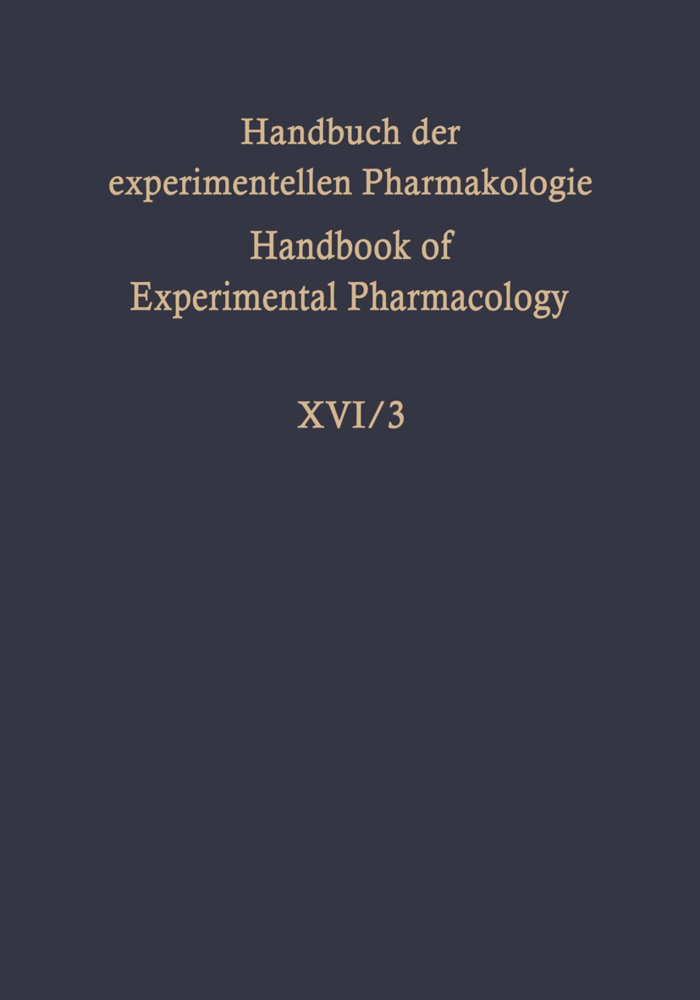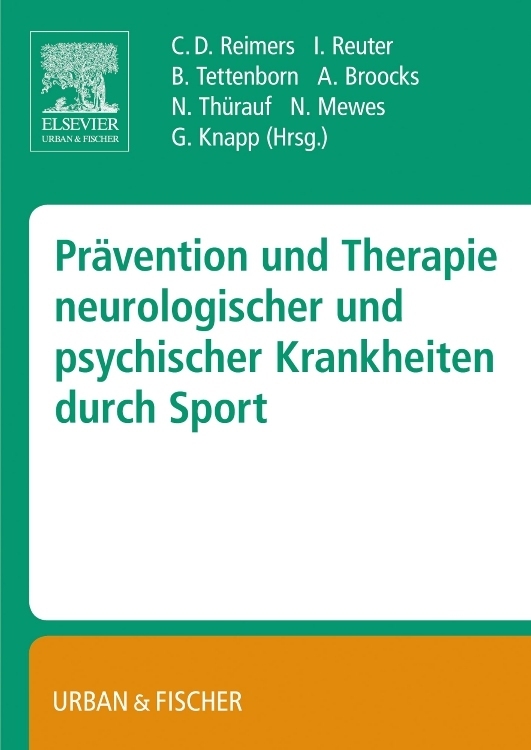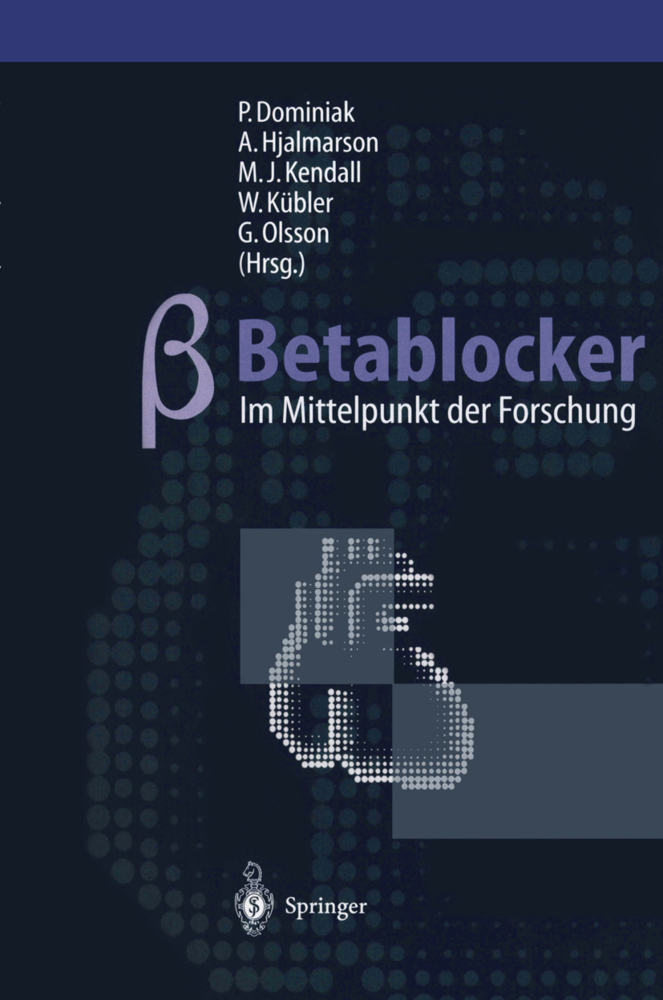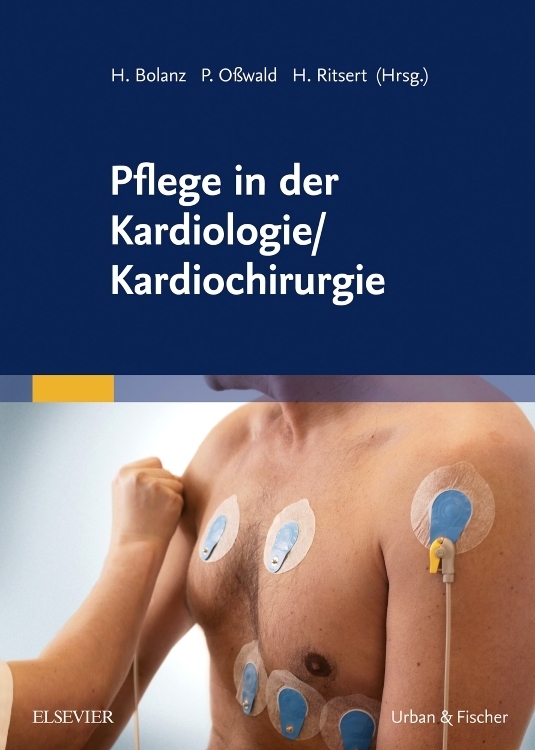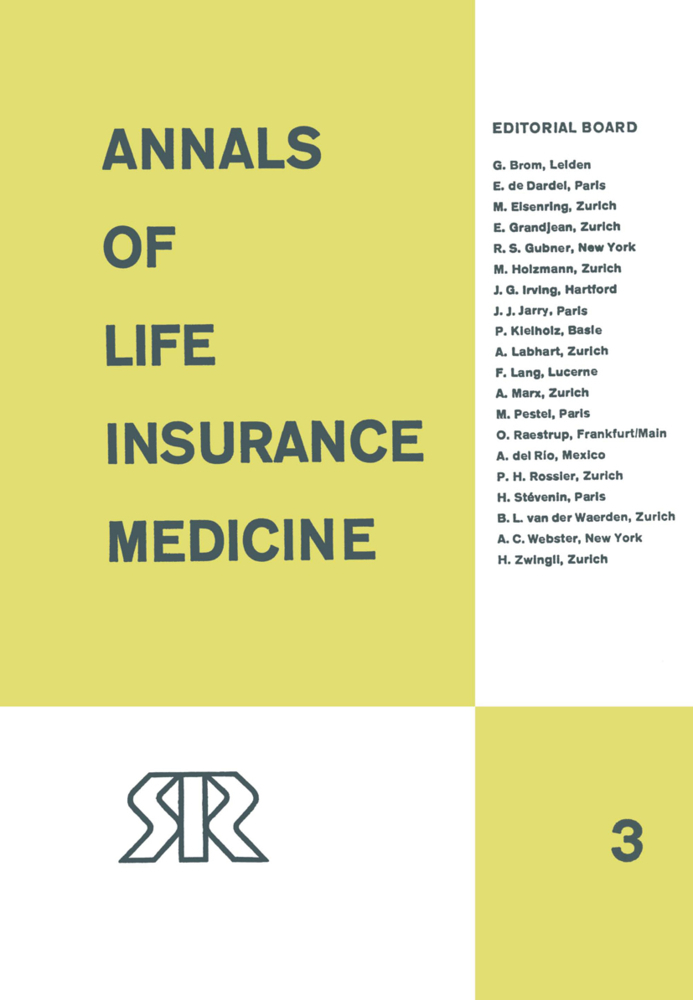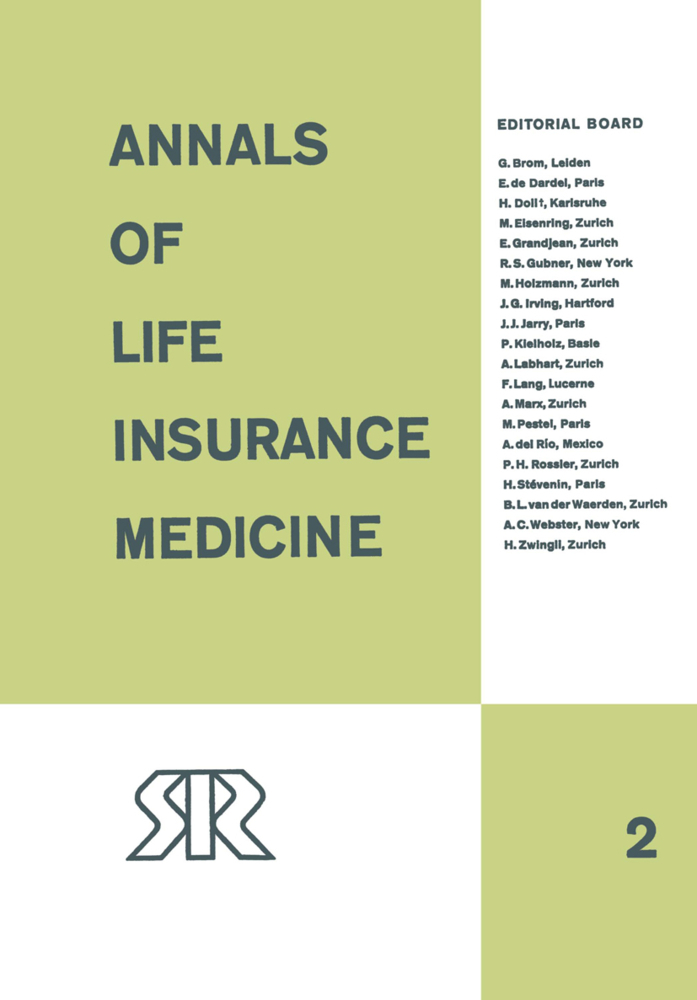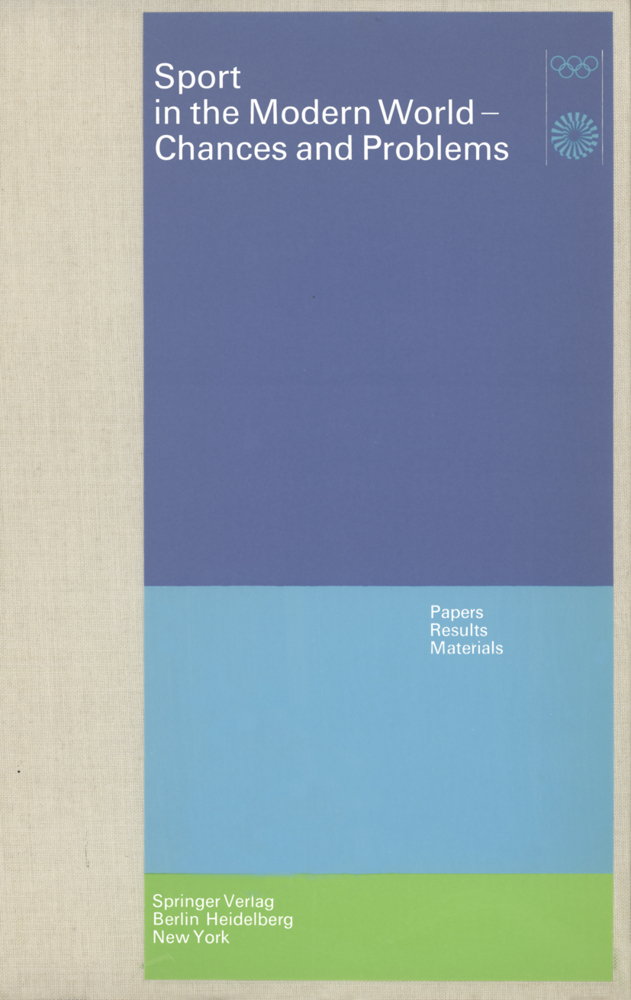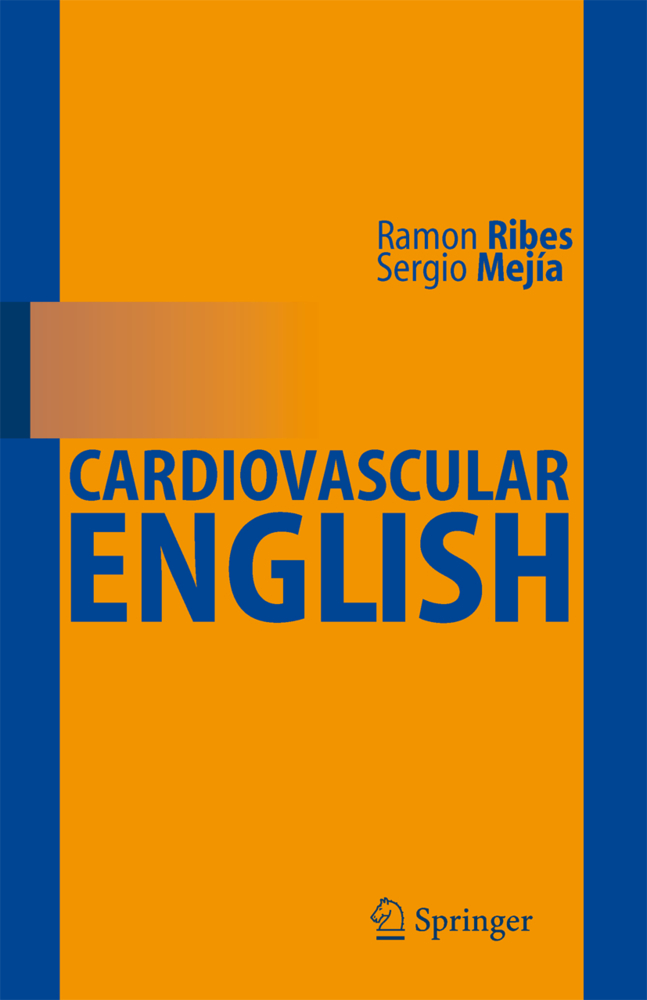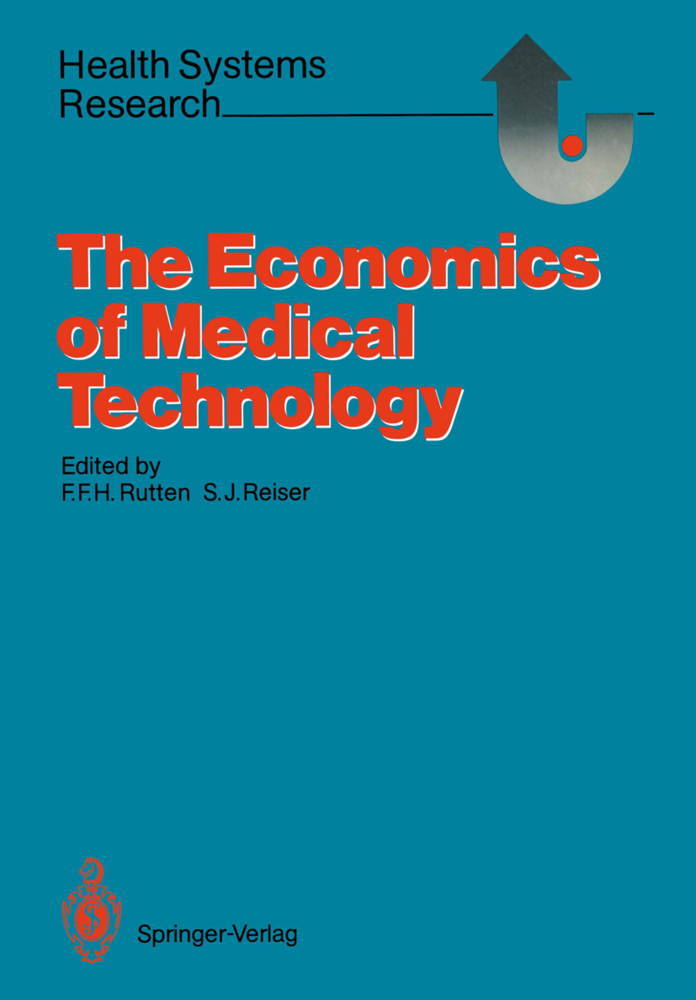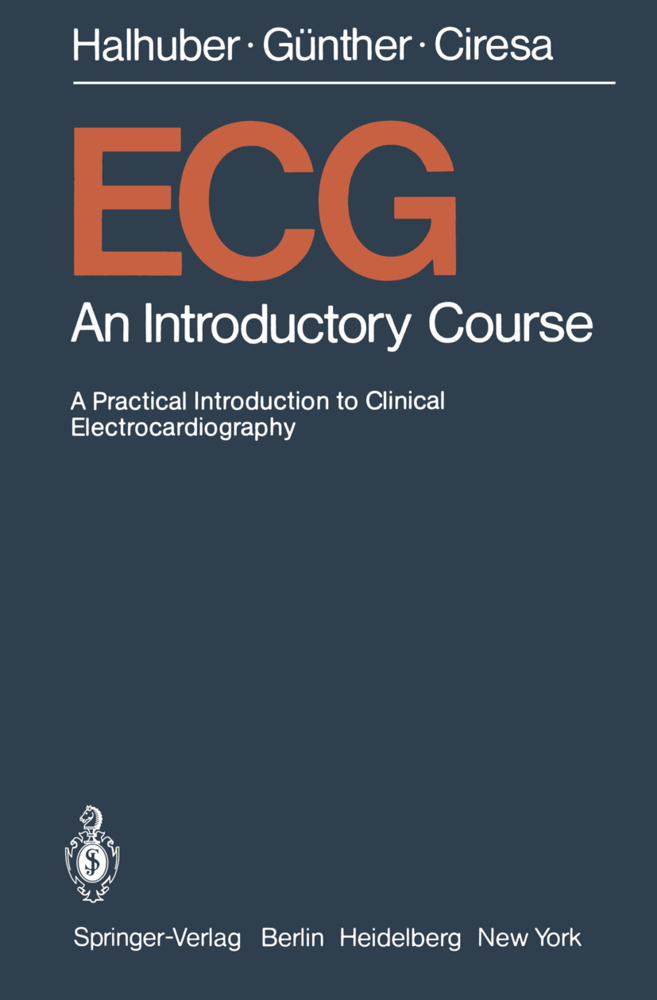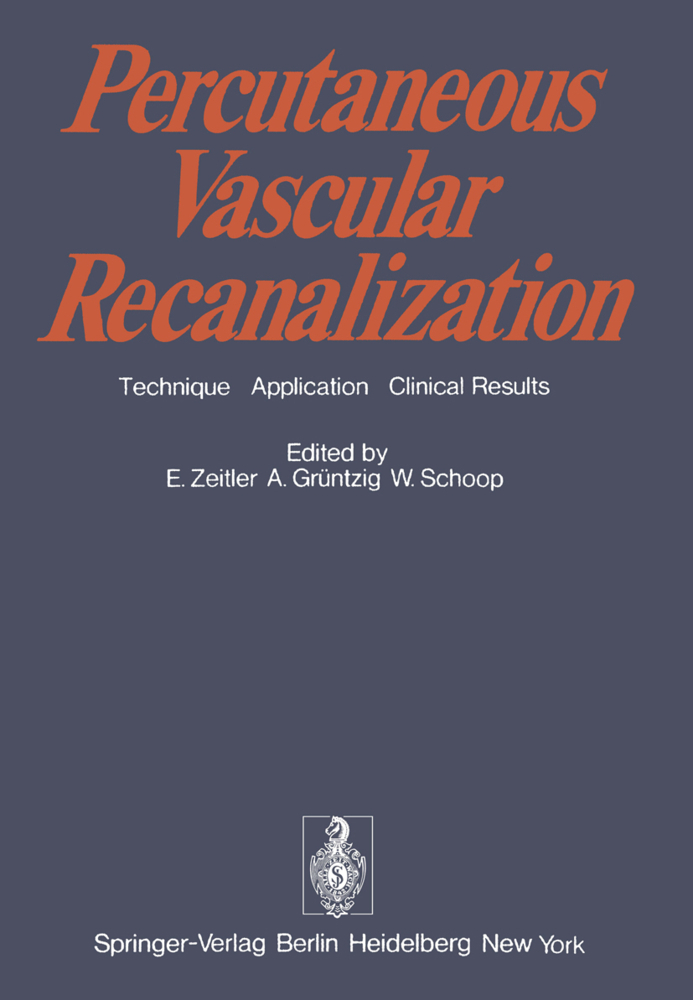Experimental Production of Diseases: Heart and Circulation
Experimental Production of Diseases: Heart and Circulation
Experimental Coronary Disease - Models and Methods of Drug Evaluation
A. IntroductionI. Definitions
II. Common Role of Subendocardial Ischemia
III. Objective of the Presentation
B. Pathophysiology of Myocardial Ischemia
I. Regulation of Tissue Oxygen Tension (pO2)
II. Autoregulation
III. Effect of Antianginal Drugs
C. Subendocardium and Effect of Drugs
I. Anatomy of Circulation through Left Ventricular Wall
II. Basal State of Left Ventricular Subepicardium and Subendocardium
D. Regional Resistance - Large and Small Coronary Arteries
I. Quantitative Angiography
II. Large and Small Arteries in vivo
III. Large and Small Arteries in vitro
E. Regional Tissue Oxygen Tension
I. Principle and Determinants of Oxygen Tension
II. Approaches
III. Polarographic Method
IV. Mass Spectrographic Method
V. Conclusions - Regional Oxygen Tension
F. Regional Blood Flow and Perfusion
I. Epicardium and Endocardium
II. Microsphere Method
III. Hydrogen Clearance with Electrodes
IV. Mass Spectrometer
V. Conclusions - Regional Flow
G. Other Methods for Measurement of Coronary Blood Flow
I. Thermodilution
II. Heat Dissipation and Heat Production
H. Blood Flow and Metabolism of Ischemic Region
I. Retrograde Blood Flow (Back Flow)
II. Collateral Flow and Metabolism of Ischemic Region
III. Collateral Flow in Unanesthetized Dogs
I. Atherosclerosis Model
Atrial Pacing
J. Diffuse Coronary Occlusion - Small Vessels
I. Ischemic Heart Failure and Cardiogenic Shock by Starch Suspensions, Lycopodium Spores or Small Microspheres
II. Large Spheres - Intra-Aortic
K. Acute Ligation
I. Two-Stage Ligation in the Anesthetized Dog
II. Two-Stage Ligation in the Anesthetized Pig
III. Monkey, Unanesthetized
L. Gradualor Controlled Occlusion
I. Ameroids
II. Dicetyl Phosphate
III. Inflatable Balloon
IV. Hydraulic Occluders
V. Intracoronary Balloon
M. Gradual or Acute Thrombosis
I. Spiral Coils
II. Electric Induction of Thrombosis
III. Magnet and Iron Particles
N. Other Means of Occlusion
I. Mercury Injection into Coronary
II. Steel Balls into Coronary
III. Lead Foil into Coronary
IV. Steel Cylinder in Coronary
V. Catheter Tip in Coronary
VI. Wedging Catheter in Coronary
O. Surface Electrograms after Occlusion
I. Electrograms in Open-Chest Dogs
II. Closed-Chest Conscious Dogs
P. Contractility of Ischemic Zone
Q. Partial Occlusion and Pacing in Dog
R. Summary and Conclusions
References
Experimental Induction of Hypertension
A. Introduction
B. Experimental Induction of Essential Hypertension
I. Spontaneous Genetically Determined Hypertension
II. Teratogenic Induction of Hypertension
C. Surgical Induction of Chronic Sustained Diastolic Hypertension
I. The Goldblatt Procedure
II. Other Procedures for Constricting the Renal Artery
III. Application of a "Figure-of-Eight" Ligature
IV. Infarction of the Kidney
V. Adrenal Regeneration Hypertension
VI. Miscellaneous Surgical Procedures
D. Non-Surgical Procedures for Inducing Experimental Chronic Diastolic Hypertension
I. Salt-Induced Hypertension
II. DOCA-Induced Hypertension
III. Hypertension Induced by Dietary Deficiencies
E. Induction of Special Forms of Hypertension
I. Systolic Hypertension
II. Hypertension Secondary to Nephritis and Nephrosclerosis
III. Surgically Remediable Hypertension
IV. Renoprival Hypertension
V. Neurogenic Hypertension
VI. Malignant Hypertension
F. Other Procedures for Inducing Experimental Hypertension
I. Induction ofHypertension by Steroids and Other Hormones
II. Induction of Hypertension by Other Drugs and Poisons
III. Induction of Hypertension by Activation of the Immune Mechanism
G. Conclusion
References
Experimental Production of Atherosclerosis: Nutritional Influences
A. Introduction
B. The Peanut Oil Problem
C. Dietary-Induced Cerebral Atherosclerosis
D. Recent Atherosclerosis-Regression Studies (Aorta a
Schmier, J.
Betz, E.
Bing, R.J.
Borst, H.G.
Byon, Y.K.
Carlson, R.
Döring, H.-J.
Fleckenstein, A.
Grollman, A.
Heyden, S.
Ikeda, S.
Islam, M.S.
Jank, J.
Lasch, H.-G.
Laßnitzer, K.
Meisner, H.
Müller-Berghaus, G.
Papp, J.G.
Schmidt, H.D.
Szekeres, L.
Tillmanns, H.
Ulmer, W.T.
Weil, M.
Winbury, M.M.
| ISBN | 978-3-642-45469-1 |
|---|---|
| Medientyp | Buch |
| Auflage | Softcover reprint of the original 1st ed. 1975 |
| Copyrightjahr | 2012 |
| Verlag | Springer, Berlin |
| Umfang | XII, 602 Seiten |
| Sprache | Englisch |

